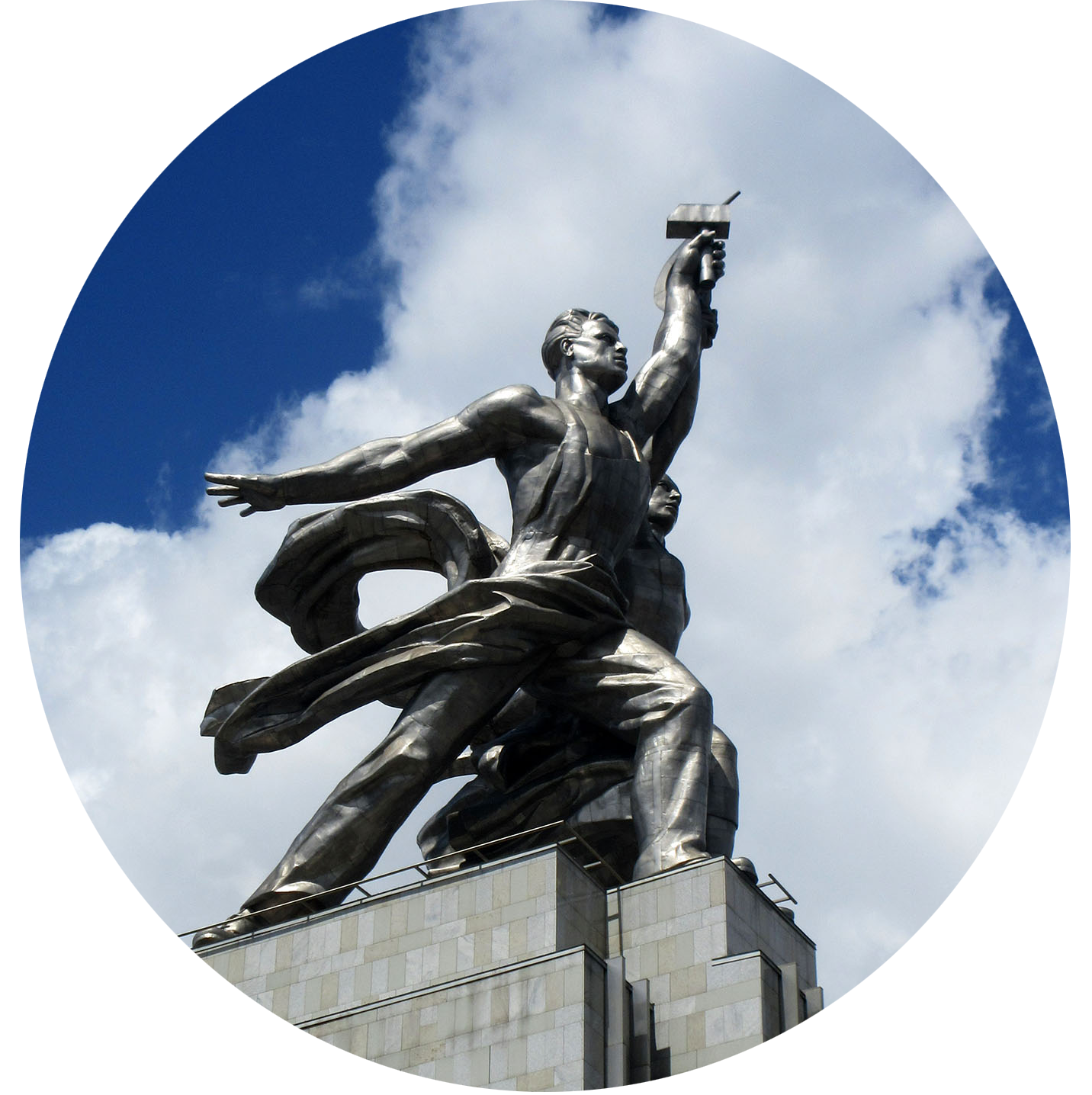Shostakovich’s 10th Symphony
Shostakovich’s 10th Symphony is a real highlight: premiered in 1953 in the wake of Stalin’s death, it is a stunning depiction of the struggle between the solitary and vulnerable voice of the individual, and a terrifying, seemingly relentless force that threatens to crush it. Personally, I’m not sure I fully appreciated it until I heard it live in Petersburg; only when the sound is bearing down on you, it seems, can you understand how menacing this nemesis is. It is summarized in the blistering second movement, which usually runs just over four minutes, and is often referred to as a “musical portrait of Stalin;” petty, banal, obtusely calculating, hollowly triumphant, and utterly diabolical. It is locked in struggle against the “DSCH” motif — an instance of Shostakovich “encoding” a message in his music: these four notes, referred to by their German names, spell his initials — Д. Ш. — as they would be spelled in German transliteration. The symphony could be read as a kind of declaration of victory on Shostakovich’s part following the death of the tyrant.
By the way, I once discussed this piece (in a course) in the context of depictions of the demonic in Russian music (and elsewhere). Following Kierkegaard, I’d point to a few defining, closely related traits: 1) “the sudden” (speaking to a lack of inner cohesiveness); 2) a petty, inane, and ultimately ridiculous cunning (the fact that it is ridiculous makes it no less menacing); and 3) contentlessness, or, rather, an explosive sort of projected bombast concealing a hollowness within. In my understanding of this movement, Shostakovich brilliantly allows us to “peek behind the curtains” in the quiet stretch that precedes the final, maniacal eruption.
I’ve posted the full symphony and the 2nd movement below…

